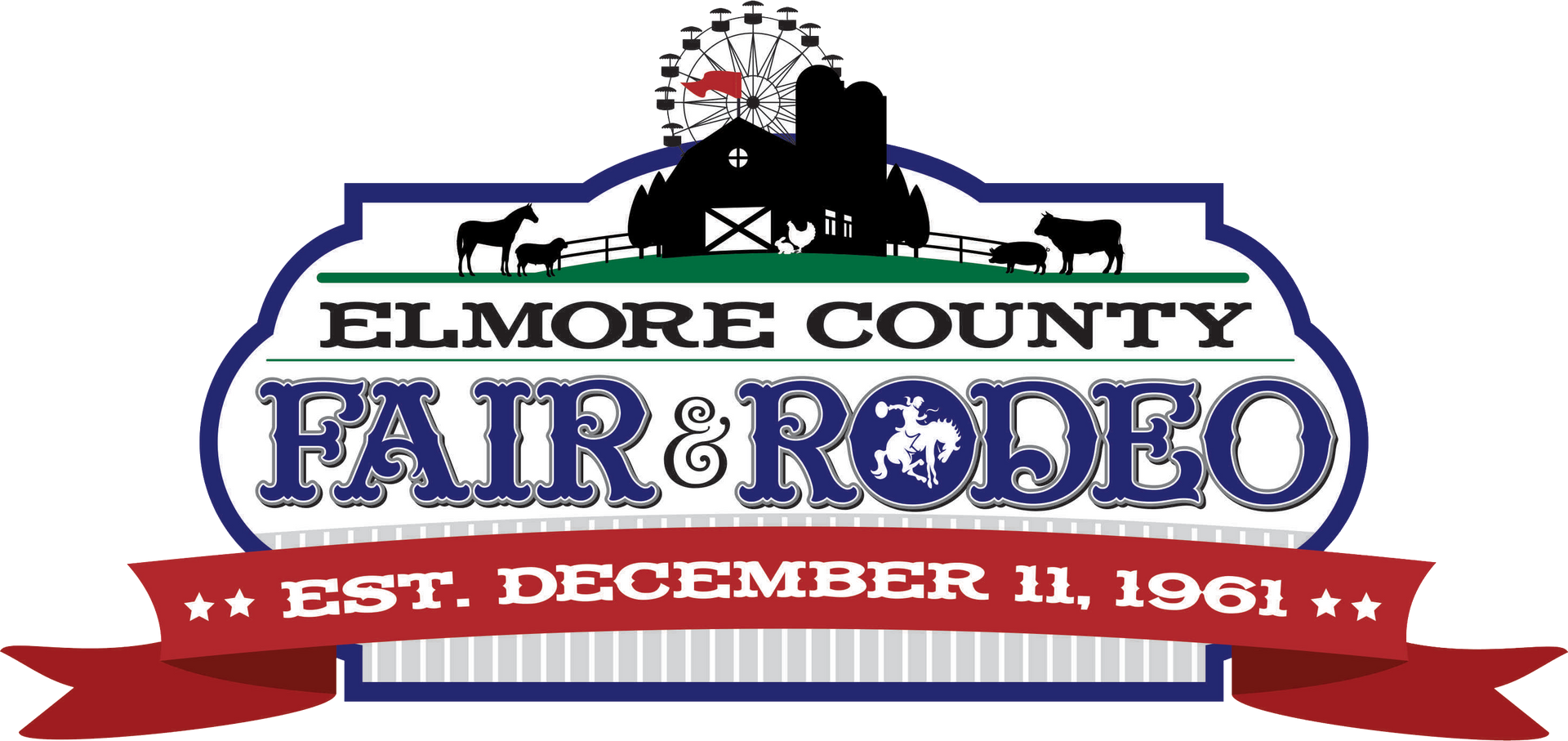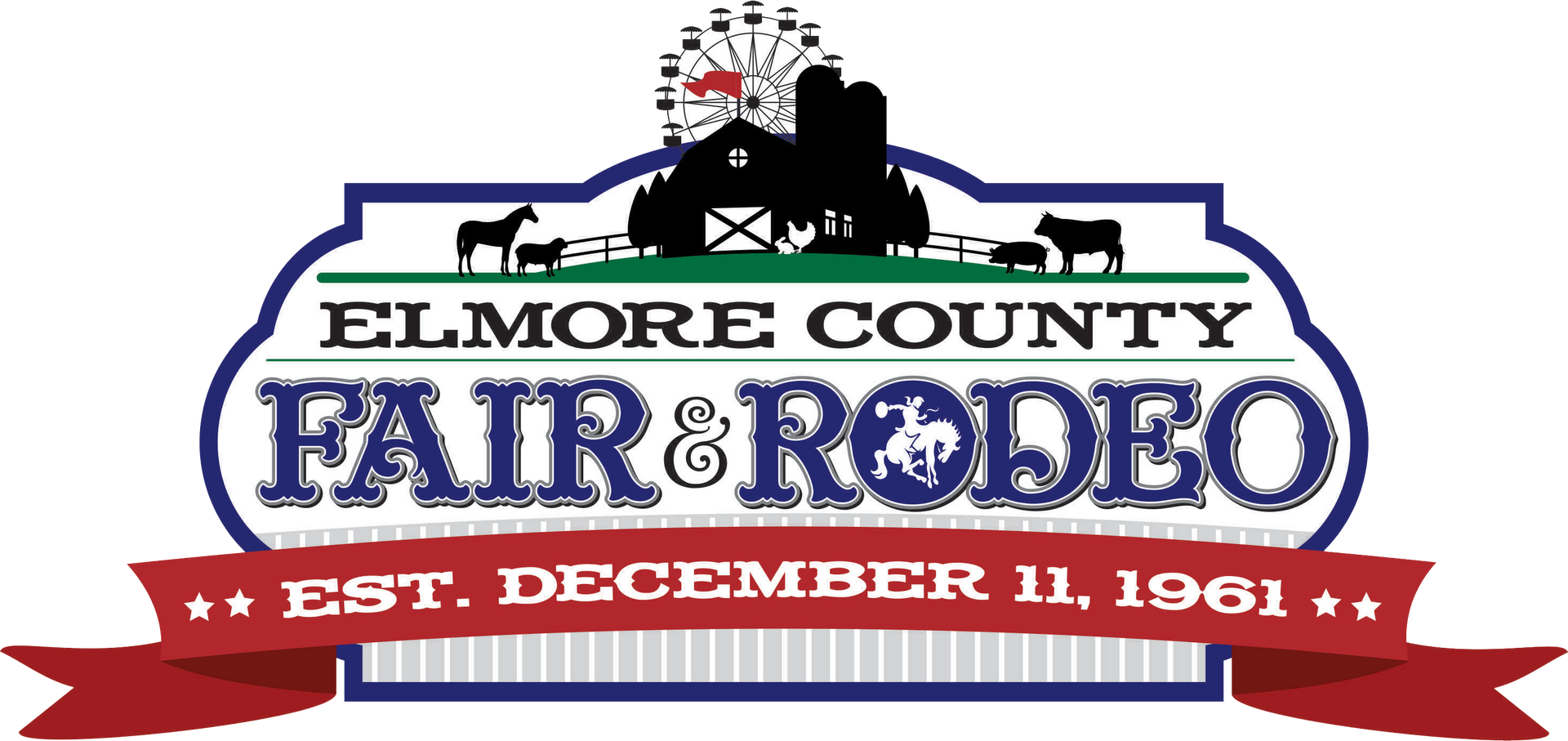How Does Bull Riding Scoring Work (Everything You Need to Know)
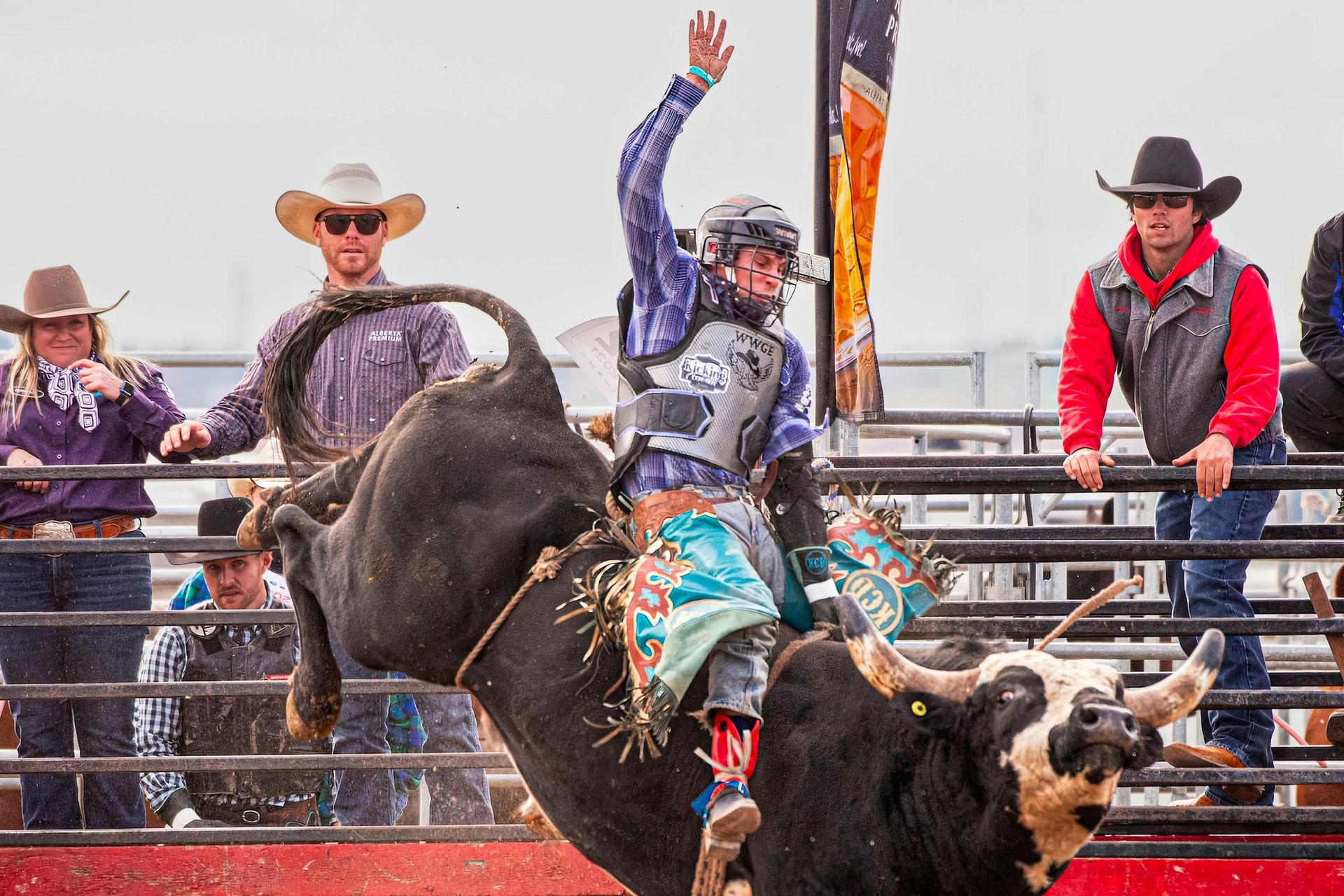
If you’ve ever felt the thrill of pushing your limits or dreamed of testing your grit, bull riding might just be the ultimate ride for you. It’s not a sport for the faint of heart - but for the bold and the brave, it offers an unmatched adrenaline rush and a chance to prove your toughness eight seconds at a time. Whether you're a curious newcomer or someone who's always admired the action from the stands, there’s no denying the raw excitement that makes bull riding a standout adventure!
Do you wish to participate in our Open Rodeo? Thinking of something extraordinarily fun to do over the weekend? We have a bunch of events all year round! Check out our complete event and fair schedules.
Elmore County Fair Grounds offers fun-filled, family-oriented community events, and world-class rodeo experiences in Glenns Ferry, Idaho.
So how does bull riding work and how does bull riding scoring work? Here's a guide that covers everything you need to know about bull riding and some extremely important tips that will make your upcoming and future rodeo experience a safe, fun, and unforgettable experience.
The Basics of Bull Riding
Before diving into the scoring, it's important to understand the basics of bull riding. The objective is for a rider to stay mounted on a bucking bull for a minimum of eight seconds. This seemingly short duration is packed with intense action and requires immense skill and courage.
The Origins and Evolution of Bull Riding
Bull riding has roots that trace back to ancient times when riding bulls was a rite of passage. This tradition evolved over the centuries, with modern bull riding emerging in rodeos across the United States and Mexico. The sport has grown significantly, becoming a staple in professional rodeos worldwide. Understanding its history adds depth to the appreciation of its current form.
The Role of the Bull in the Sport
The bull is not just a backdrop in this sport; it plays a pivotal role. Each bull has unique characteristics that influence the ride, including its bucking style, strength, and temperament. Bulls are bred and trained specifically for bull riding, making their behavior both predictable and unpredictable. Riders often study bulls to anticipate their moves, which can be the difference between a successful ride and a quick dismount.
The Psychological and Physical Demands on Riders
Riding a bull requires more than physical prowess; it demands psychological fortitude. Riders must prepare mentally to face the bull's unpredictable nature and the potential dangers of the sport. Training involves not only improving physical strength and balance but also building mental resilience and confidence. This preparation is crucial as riders must remain composed under pressure to succeed.
Does Bull Riding Hurt the Bull?
A common question surrounding bull riding is whether it hurts the bull, and the answer is NO. In professional rodeos, strict animal welfare guidelines are in place to ensure the safety and well-being of the bulls. Bulls used in rodeos are specially bred for their strength, agility, and temperament, making them ideal for the sport.
The goal is to create a competitive environment where the bull’s natural instincts are showcased, not to cause harm. While the bulls are bucked from a chute, they are not subjected to pain or distress. In fact, many rodeo bulls receive high-quality care, including regular veterinary check-ups and proper nutrition. After their careers, many of these bulls live out comfortable lives on ranches. Rodeos are committed to animal welfare, and the bulls are treated as athletes, with proper attention given to their health and well-being.
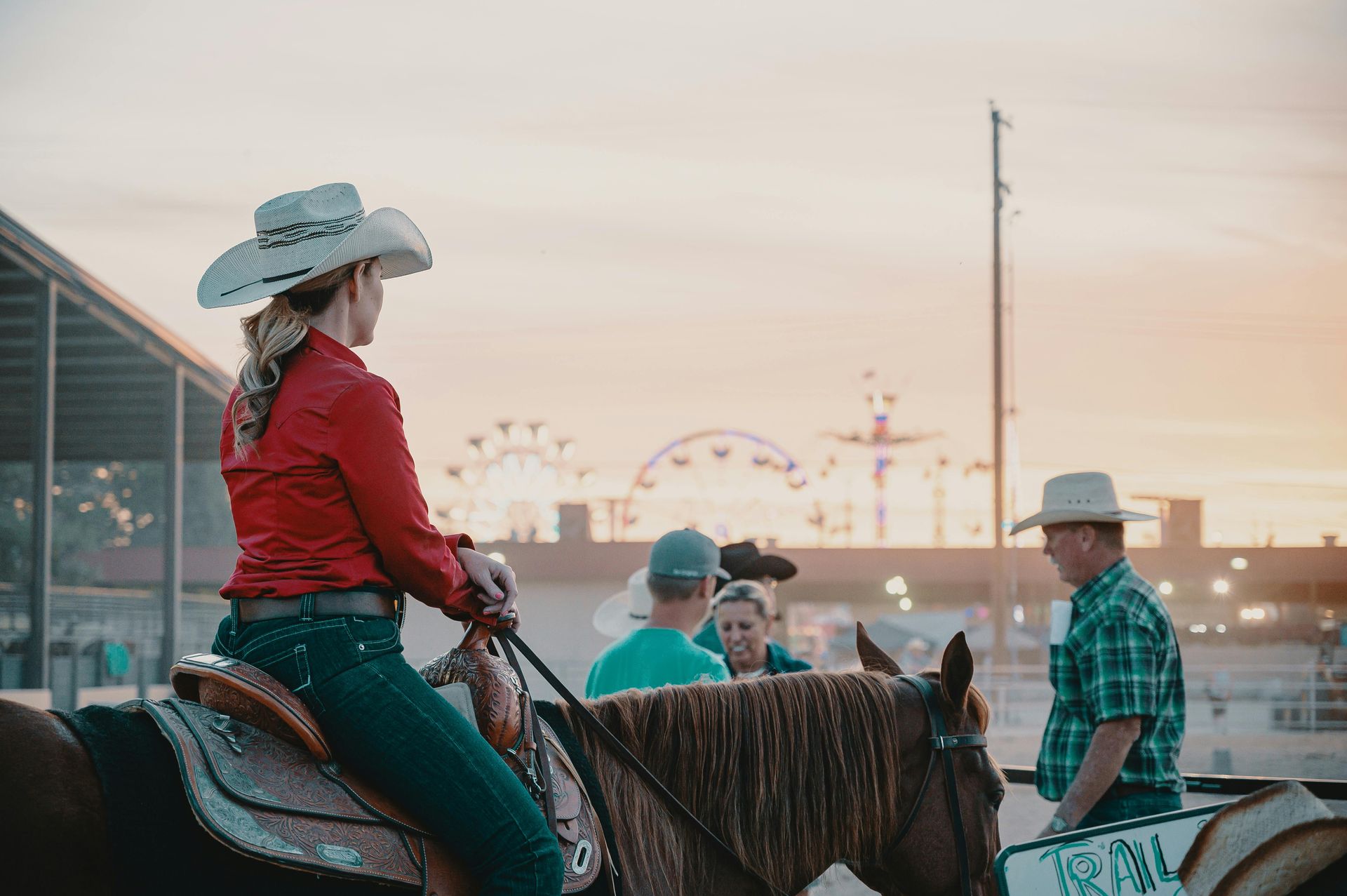
Bull Riding Scoring System
Bull riding scoring is a complex process that involves multiple factors. Let's break down the key components of the scoring system.
Judges and Scoring Criteria
The scoring system in bull riding involves two judges, each responsible for evaluating both the rider and the bull. Each judge can award up to 50 points, resulting in a possible total score of 100.
Understanding the Role of Judges
Judges in bull riding are highly experienced individuals who understand the nuances of the sport. They are tasked with evaluating both the rider's and the bull's performances impartially. Their decisions are based on specific criteria that ensure fairness and consistency in scoring. The judges' expertise is vital as they balance subjective elements with objective measures to deliver accurate scores.
Detailed Breakdown of Scoring Categories
Scoring is divided into distinct categories, each focusing on different aspects of the ride. For the rider, categories include control, style, and spurring, which assess their skill and technique. For the bull, difficulty, aggression, and overall performance are evaluated. This comprehensive approach ensures that every element contributing to the ride is considered, providing a complete picture of the performance.
Challenges in Scoring and Common Discrepancies
Despite clear criteria, scoring can sometimes be contentious due to the subjective nature of some elements. Differences in judge perspectives can lead to discrepancies, although these are usually minor. The sport continuously refines its scoring system to address potential biases and ensure that all rides are judged fairly and consistently.
Rider's Performance
The rider is scored based on several criteria, including:
- Control: How well the rider maintains balance and control while on the bull.
- Style: The rider's technique and flair during the ride.
- Spurring: Effective use of spurs to enhance the ride's difficulty and style.
- Each judge can give the rider up to 25 points based on these criteria.
Importance of Control and Balance
Control and balance are paramount for a successful ride. Riders must maintain a steady posture despite the bull's unpredictable movements. This requires a combination of physical strength and quick reflexes. Judges look for riders who demonstrate mastery in maintaining their position, as this is a clear indicator of skill and experience.
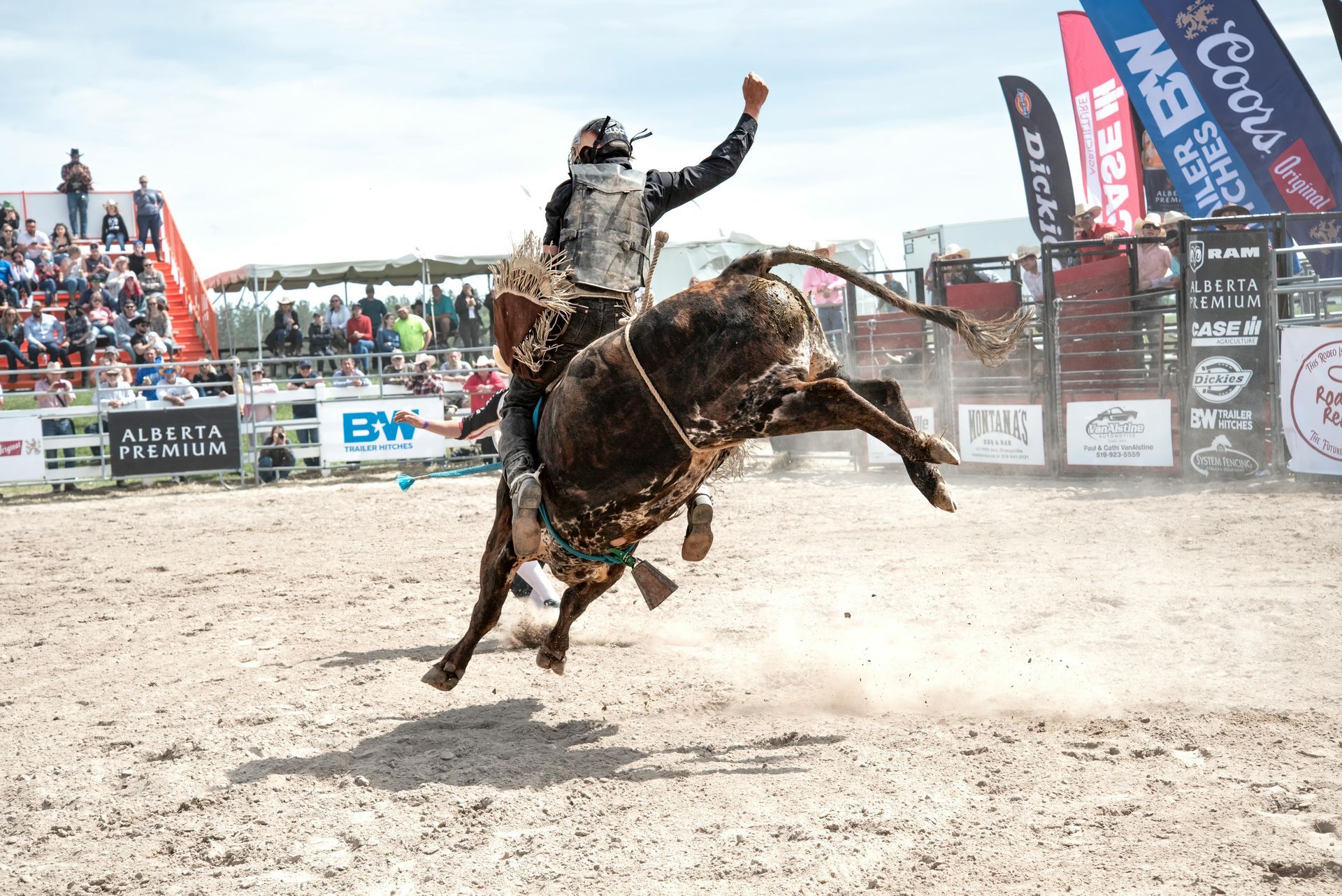
How does Bull Riding Scoring Work?
The scoring system in Rodeo competitions is a fascinating mix of skill, control, and pure grit – on both the rider’s and the bull’s part. Let’s break it down so you can follow the action like a pro.
The Role of Style in Scoring
Style adds an aesthetic dimension to bull riding, showcasing the rider's individuality and flair. Riders often develop their unique techniques, which can include the way they hold their free arm or the rhythm of their movements. Style contributes to the entertainment value of the sport and can significantly impact a rider's score when executed effectively.
Effective Use of Spurs
Spurring is not just for show; it is a technical element that increases the ride's difficulty and style. Proper use of spurs can enhance a rider's control and interaction with the bull, adding complexity to the performance. Judges pay close attention to spurring, rewarding riders who use it skillfully to maintain or improve their position on the bull.
Bull's Performance
The bull itself is also scored, as its behavior significantly impacts the ride. The bull is evaluated on:
- Difficulty: How challenging the bull is to ride, based on its bucking style and power.
- Aggression: The bull's energy and intensity during the ride.
- Overall Performance: The bull's ability to produce a thrilling and unpredictable ride.
- Each judge can award the bull up to 25 points.
Assessing the Bull's Difficulty
Difficulty is a key factor in scoring the bull's performance. A bull's bucking style, speed, and unpredictability all contribute to its difficulty level. Bulls that are harder to ride due to their vigorous and erratic movements tend to score higher. This aspect ensures that both the rider's skill and the bull's challenge are acknowledged in the final score.
Evaluating Aggression and Energy
Aggression and energy reflect the bull's intensity during the ride. Bulls that are more spirited and energetic create a dynamic and exciting performance. Judges look for bulls that maintain high energy throughout the ride, as this increases the challenge for the rider and enhances the spectacle for the audience.
Overall Performance and Audience Engagement
Overall performance considers the bull's ability to provide an engaging and unpredictable ride. Bulls that captivate the audience with their power and tenacity are scored favorably. This aspect highlights the entertainment value of bull riding, ensuring that both the rider and the bull contribute to a thrilling experience.
Calculating the Total Score
The total score for a ride is the sum of the rider's and the bull's scores from both judges. For example, if one judge awards the rider 22 points and the bull 23, and the second judge awards the rider 21 and the bull 24, the total score would be:
22 (rider) + 23 (bull) + 21 (rider) + 24 (bull) = 90
This scoring system ensures that both the rider's skill and the bull's performance are equally recognized and rewarded.
The Process of Adding Scores
Calculating the total score is a straightforward process involving the addition of the scores given by each judge. This transparent method ensures that every ride is evaluated consistently, with both the rider's and the bull's contributions accounted for. The simplicity of this calculation allows for quick results, maintaining the flow of the event.
Ensuring Fairness in Scoring
The dual-judge system is designed to ensure fairness and mitigate individual biases. By having two judges score each ride, the influence of any single judge's perspective is minimized. This redundancy in evaluation helps produce a balanced and equitable score, reflecting the true nature of the performance.
Impact of Scoring on Competition Outcomes
Scoring directly affects competition outcomes, determining rider rankings and potential prize allocations. High scores can advance riders to further rounds or secure them top positions in tournaments. Understanding the scoring process is crucial for competitors and fans alike, as it shapes the narrative of the event and highlights the sport's competitive nature.
Bull Riding Rules and Scoring
Understanding the rules is crucial for comprehending the scoring system and appreciating the sport's challenges. Here are some essential rules and guidelines:
Equipment and Safety Gear
Riders must use specific equipment, including:
- Bull Rope: A flat braided rope with a handle that the rider grips with one hand.
- Gloves: To protect the rider's hand and improve grip.
- Protective Gear: Helmets and padded vests are recommended for safety.
Detailed Overview of Essential Equipment
Each piece of equipment serves a specific purpose in ensuring safety and performance. The bull rope is critical for maintaining grip and control during the ride. Gloves not only protect the rider's hands but also enhance grip, reducing the chance of slipping. Protective gear like helmets and vests are increasingly becoming standard, reflecting the sport's emphasis on safety.
Innovations in Safety Gear
Advancements in safety gear have revolutionized bull riding, making it safer for competitors. Modern helmets are designed to withstand impacts while providing comfort and visibility. Padded vests protect vital areas from potential injuries caused by falls or the bull's movements. These innovations are crucial as they allow riders to focus on their performance without compromising safety.
Balancing Safety with Tradition
While safety is paramount, bull riding remains deeply rooted in tradition. Striking a balance between modern safety practices and traditional elements is vital. The sport continues to evolve, incorporating new safety measures while preserving its heritage and appeal. This balance ensures that bull riding remains both thrilling and safe for participants.
Riding Hand and Free Hand
A rider must grip the bull rope with one hand, and the free hand must not touch the bull or the rider during the ride. Any contact with the free hand results in disqualification and a score of zero.
Importance of the Riding Hand Technique
The technique used to grip the bull rope is critical for maintaining balance and control. Riders develop personalized methods to secure their grip, which helps them adapt to the bull's movements. Mastery of this technique is essential, as a strong grip can prevent early dismounts and improve overall performance.
Challenges of Managing the Free Hand
Keeping the free hand from touching the bull or oneself is a significant challenge. Riders must maintain their balance while navigating the bull's unpredictable movements without relying on their free hand for support. This rule tests the rider's skill and discipline, as any breach results in immediate disqualification.
Strategies to Avoid Disqualification
Riders employ various strategies to avoid accidental contact with their free hand. These include focusing on maintaining a tight core to stabilize their body and using subtle movements to adjust balance. Practice and experience are crucial, as they enable riders to react instinctively and avoid disqualification during intense rides.
Disqualification Rules
Riders can be disqualified for several reasons, including:
- Touching: Using the free hand to touch the bull, the rope, or themselves.
- Buck Off: Being thrown off before the eight-second mark.
- Improper Equipment: Not using the required safety gear.
Common Causes of Disqualification
Disqualification can occur for various reasons, often related to equipment or technique. Touching the bull or oneself with the free hand is a frequent cause, as it violates the rules of the ride. Being bucked off before completing eight seconds also results in disqualification, underscoring the importance of balance and control.
Preventing Early Disqualifications
Preventing early disqualifications involves a combination of preparation and skill. Riders focus on strengthening their grip and balance to withstand the bull's movements. Proper use of equipment and adherence to safety protocols also play a crucial role in avoiding disqualification, ensuring a fair evaluation of the ride.
Impact of Disqualification on Competitors
Disqualification can have significant consequences for competitors, affecting their standings and potential earnings. Understanding the rules and practicing adherence is vital for success in competitions. Disqualification serves as a reminder of the sport's rigorous demands and the importance of precision and discipline.
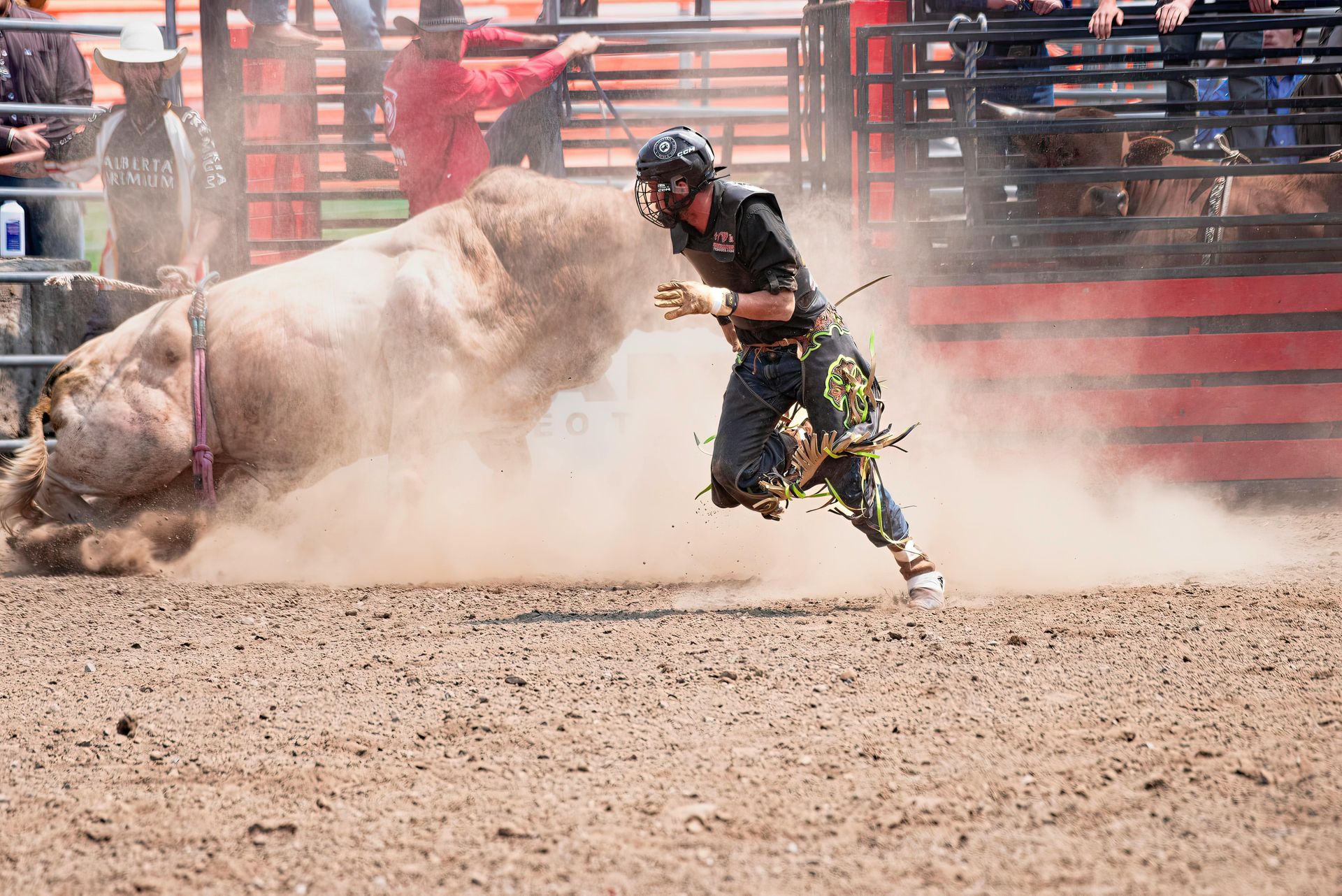
Importance of Bull Riding Numbers
Bull riding numbers, often called "draws," are crucial because they determine which bull a rider will face. Different bulls have unique bucking styles and levels of difficulty, impacting the rider's strategy and potential score.
Strategies for Success
Riders develop strategies based on the bull they draw, considering the bull's known behavior and tendencies. Understanding bull riding numbers allows riders to prepare mentally and physically for the specific challenges posed by each bull.
Analyzing Bull Performance History
Riders often analyze past performances of bulls to anticipate their behavior. This analysis includes reviewing video footage and consulting with trainers to understand a bull's tendencies. By doing so, riders can tailor their strategies to match the bull's unique style, maximizing their chances of a successful ride.
Mental and Physical Preparation for Each Draw
Preparing for a specific bull involves both mental and physical aspects. Riders must mentally prepare for the bull's anticipated movements, visualizing their ride to build confidence. Physically, they focus on exercises that enhance balance and strength, ensuring they are ready to meet the bull's challenges head-on.
Adapting Strategies Mid-Ride
Flexibility is key in bull riding, as bulls can behave unpredictably. Riders must be prepared to adapt their strategies during the ride, making quick decisions to maintain control. This adaptability distinguishes experienced riders from novices, as it allows them to respond effectively to the bull's actions and secure a successful ride.
Conclusion
Bull riding is a thrilling sport that combines rider skill with the unpredictable nature of the bull. The scoring system, involving both the rider and the bull, ensures that every ride is a unique and exhilarating experience. By understanding the rules and scoring criteria, enthusiasts can better appreciate the sport's intricacies and the remarkable talent of its participants.
Whether you're a seasoned fan or new to the world of bull riding, knowing how the scoring works enhances your enjoyment and appreciation of this exciting event. As with any sport, practice, preparation, and understanding of the rules are key to success in bull riding.
Embracing the Thrill of the Sport
The excitement of bull riding lies in its unpredictability and the skill required to master it. Each ride offers a new challenge, pushing riders to their limits and captivating audiences. Embracing the thrill of the sport involves understanding its risks and rewards, and appreciating the dedication of its participants.
The Future of Bull Riding
As the sport continues to grow, it faces new challenges and opportunities. Advances in safety equipment and changes in regulations aim to make bull riding safer and more accessible. The future of bull riding looks promising, with a focus on preserving its traditions while embracing innovation.
Encouraging New Fans and Participants
Bull riding's appeal extends beyond the arena, drawing fans and inspiring new participants. Encouraging newcomers to explore the sport involves education about its rules, safety, and scoring. By fostering a supportive community, the sport can continue to thrive, welcoming a new generation of riders and fans.
Bull Riding Near Elmore County!
Whether you're cheering from the stands or gearing up to compete, the Open Rodeo and Junior Rodeo events at the Elmore County Fair and Rodeo deliver an unforgettable experience filled with tradition, adrenaline, and hometown pride. These events celebrate the spirit of rodeo and offer something for everyone – seasoned pros, young hopefuls, and spectators alike.
Ready to join the action? Check out our full schedule of events and get the details on everything from bull riding times to barrel racing heats. And don’t forget to explore other exciting offerings like Horse Stalls & Camping – perfect for making the most of your rodeo weekend!
Contact us today to register and don't miss any of the fun at Elmore County Fair & Rodeo!
